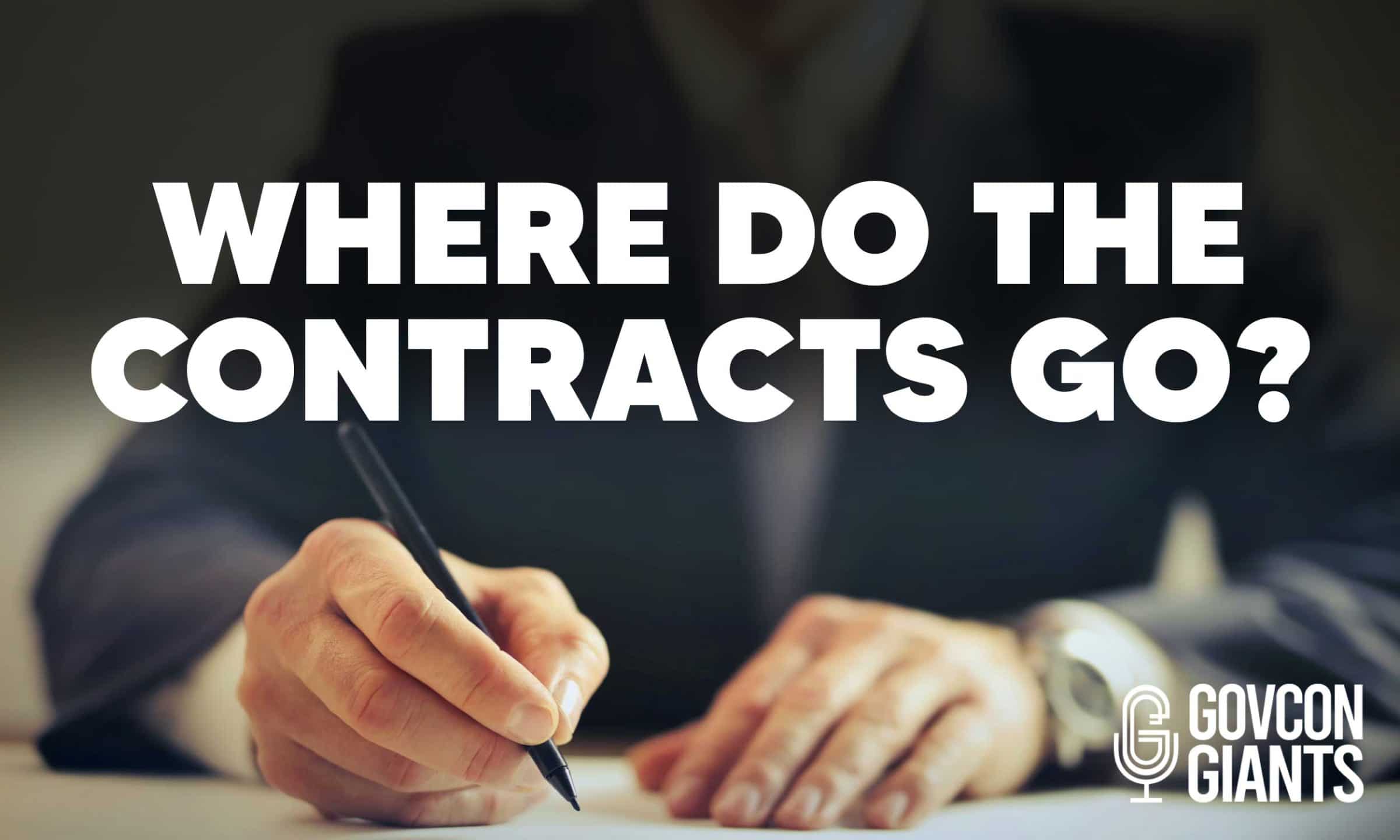Learn the reason why over half of the contracts are not on beta.sam and where you can find them!
WHAT MOST PEOPLE USUALLY DO ON BETA.SAM?
Most people recognized beta.sam as the only platform to browse for opportunities.
What they do is they look for certain contracts within the last few months, their NAICS code, their location, and their certification, among others.
Then, in most cases, they use all of these keywords to look for certain opportunities. And what happens is there’s only a few results. And now they’re left wondering where the contracts go.
And if this is their question, it must be for you too.
WHAT REALLY HAPPENS WITH THE BID OPPORTUNITIES?
When you visit the Department of Defense website for Defense Pricing and Contracting, the latest full report was in 2015. Although there are reports in 2018, it still lacks for the fourth quarter, so we’ll use this instead.
Going back to the 2015 Department of Defense Competition Report, the negotiated competition trends, over the previous 10 years going back, hovered around 56% to 60% and back to 56% again.
“So, what does that mean? That means that the government is not competing half of the projects, which also means that they’re not showing you half (of) the projects.”
However, when the negotiated competition was only 56%, the effective competition was 87%.
“And that’s how these large organizations and agencies are saying they’re meeting their goals.”
Then, we also have the non-competitive bids wherein this report says that the majority 76% of non-competitive dollars were obligated under the FAR 6.302-1.
WE HAVE TO START QUESTIONING THINGS
So, what all of those data above mean? It means that when people tell you that government contracting is competitive, you gotta question their position, intent, knowledge, and experience, because this report says otherwise.
But what can you do with this information? Well, use this as a way for you and for us, small and minority businesses, to win.
“This is designed not for you to go back and pout and cry and complain and say that this is unfair. This is for you to understand, to gain wisdom, to seek clarity, to know how to operate within the confines of the rules that someone else has set out for us.”
IF NOT IN BETA.SAM, THEN WHERE?
Now that you understand that most contract opportunities are not really on beta.sam, then you can use the same strategies that we use here in GovCon Giants.
With this, we use the Federal Procurement Data System and USA Spending to do our own market research in order to find out and do a predictive analysis of what the government’s going to be doing next.
“So, we get ahead of the opportunities. We get ahead of the actual bids before they come out. We respond and we let the government know that we are ready, active, and able to go after these opportunities.
Just take into account that you should not rely on any type of software and on a single marketing strategy or source of information, and you need to interpret this information or else it will just be nothing.
“So, simply having the information alone is not good enough. And again, we all like to use, at least in the govcon world, we all like to use fishing analogies. Simply having a fishing rod and the fishing reel doesn’t teach you how to fish.”
RESOURCES
If you want to learn more on where to look for these contracts or learn the step-by-step process of GovCon Giant’s strategy, then you can visit and join us at GovCon Edu where we teach you how to start a government contracting business and win contracts.
Also, you can check these resources below or follow us on our website and social platforms.
THESE CONTRACTS ARE NOT POSTED! Where to find them?
https://www.youtube.com/watch?v=b7U0-A_o3wU
2015 Department of Defense Competition Report
https://www.acq.osd.mil/dpap/cpic/cp/docs/DoD_FY_2015_Competition_Report.pdf
Finding all the search results on beta.sam.gov with Mo and Eric Coffie
https://www.youtube.com/watch?v=TcxGZ87hw70&t=95s
Before the RFP/RFQ comes the presolicitation learn how to use it
https://www.youtube.com/watch?v=T7xtSfNgUpY
How to get AWARD Data from USA Spending?
https://www.youtube.com/watch?v=Hr_U9z1xK2g
How to respond to a Sources Sought?


